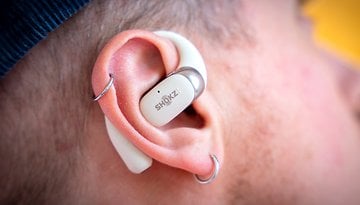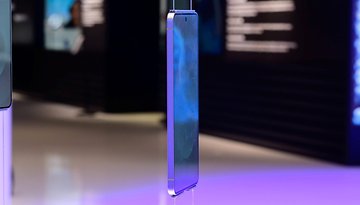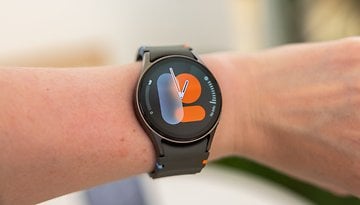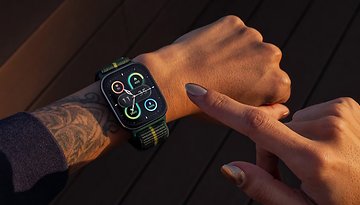Razer Hammerhead True Wireless review: AirPod alternatives for gamers


They're small, they're wireless, and they're mostly there to enjoy music and video on the go and make phone calls when needed. But most true wireless headphones are not really suitable for ambitious gamers. This is exactly the gap in the market Razer wants to fill with the new Hammerhead True Wireless earbuds.
Good
- Comparatively favorable
- Good wearing comfort
- Very high maximum volume
Bad
- Gaming Mode not audible
- Battery life is only average
Razer Hammerhead True Wireless release date and price
In the large pool of True Wireless headphones, the Razer Hammerhead, with a list price of $99.99, can certainly be described as a cheaper alternative to Apple AirPods, Huawei FreeBuds and Co. You can currently buy the Razer Hammerhead True Wireless online from Razer's own store and Amazon.
Razer Hammerhead True Wireless design and build quality
In terms of looks, Razer has taken its cue from Apple's AirPods, whereby the gaming specialist naturally offers its true wireless headphones in the usual matte black with a green logo. The charging and carry case is also in matte black. The workmanship of the earbuds and carry case is good, but not on the high level of the Apple AirPods Pro or the Huawei Freebuds 3.
- Apple AirPods Pro review: close to perfection
- Huawei FreeBuds 3 review: the Android alternative to AirPods
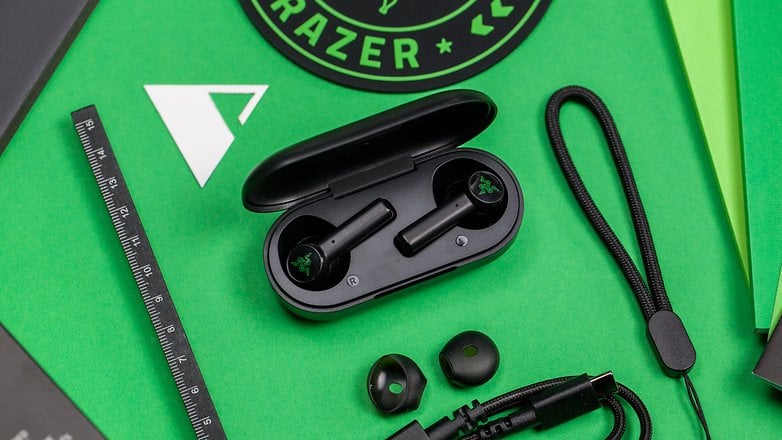
The placement of the earbuds in the carry case is a bit strange because interestingly Razer places the headphones sideways. The right earbud is on the left side and the left earbud on the right side. So you have to think twice when you pull them out of the case, which is still confusing for me even after several days of use.

The Razer Hammerheads come with a USB-C charging cable, a small wrist strap and a rubber cover for the earbuds. These are practical and provide a secure hold for the headphones.
Razer Hammerhead True Wireless software
For the Razer Hammerheads, there's actually an app available, but it's not mandatory for connecting the headphones via Bluetooth to your smartphone, tablet or even notebook. In the app you can adjust the EQ of the headphones via three presets - Standard, Bass Boost and Treble Boost. You can also change the language, run a tutorial for the five gestures, activate a compatibility mode and, most importantly, update the firmware.
Nice and loud
Gamers want it loud. You literally have to feel the game's sound all over your body. This is where Razer really delivers with the Hammerheads. Hardly any true wireless headphones roar into your ears as much as these Hammerheads. With the sheer volume, you can also overlook the missing active noise cancelation (ANC).
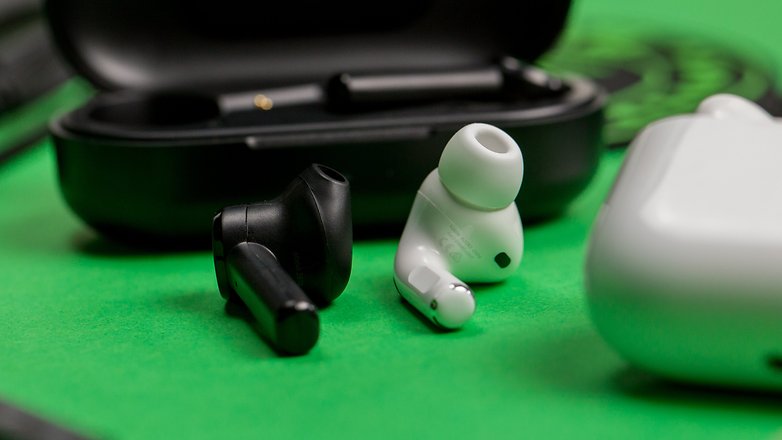
But pure volume does not always make for good sound though. All in all, I can't complain about the Razer Hammerheads when playing music. The audio quality is good and neutral in the default settings. If you want more bass, you can activate the bass boost with the help of the app, but then the Hammerheads sound too dull for my taste. I only used the treble boost from time to time during the test, but it didn't really make sense.
Gaming Mode - more of a gimmick than a useful feature
As a specialist for gaming accessories, Razer naturally also wants to tailor the Hammerhead True Wireless headphones to its clientele. Since low latency is important for gamers, no matter whether it's graphical output on the monitor, online gaming or even wired headphones, it can sometimes decide victory or defeat, and Razer offers its first true wireless headphones a gaming mode with particularly low latency. Razer says that its headphones have a latency time of 60 ms. Huawei gives the recently released Freebuds 3 a latency of 180 ms. The difference sounds huge, but during my test, I could only hear a minimal advantage when I used them both with this video below:
In this test video, the Razer Hammerheads felt faster in gaming mode, so the picture and sound were almost in sync. In everyday life, when you play music, videos and a game of Fortnite on your smartphone, this tiny advantage is not really relevant or particularly advantageous. Anyway, I didn't hear any advantage during my test.
Razer Hammerhead True Wireless battery
With wireless headphones, good battery life is probably the second most important feature, besides sound. Unfortunately, I have to give the Razer Hammerhead True Wireless headphones an average school grade here. With a battery life of just 3 hours 20 on one charge, the Razer headphones are unfortunately at the bottom end of the true wireless headphones we've tested so far. Even wireless headphones with active noise reduction, such as the Libratone Track Air+, Apple AirPods Pro or Sony WF-1000XM3, offer longer entertainment than the Razer Hammerhead True Wireless. Also, the charging case with the up to 12 hours of additional running time, is outperformed by the competition.
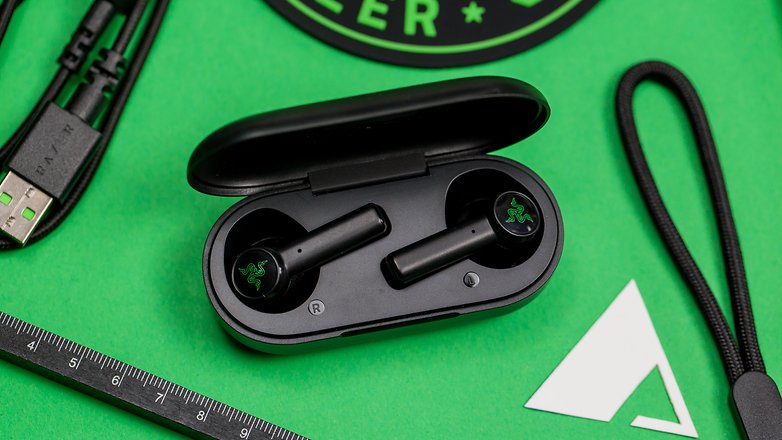
A cheap AirPod 2 alternative for Razer Fans
Who are the Razer Hammerhead True Wireless headphones for? For those who have been looking for AirPod-like headphones but would like to have them in black, the Hammerheads may be a cheap alternative. Fans of the Razer brand also want wireless headphones for their smartphone, which may even be a Razer Phone 1 or 2. Don't misunderstand, the Hammerheads can play all kinds of entertainment, from video to music to games, from your smartphone to your ear. But soberly, there is no outstanding feature or feature other than the price that speaks volumes for the Razer Hammerheads. There's no wireless charging, no outstanding battery life, and no active noise cancellation. If you are looking for such features, you can avoid the Razer Hammerheads.

